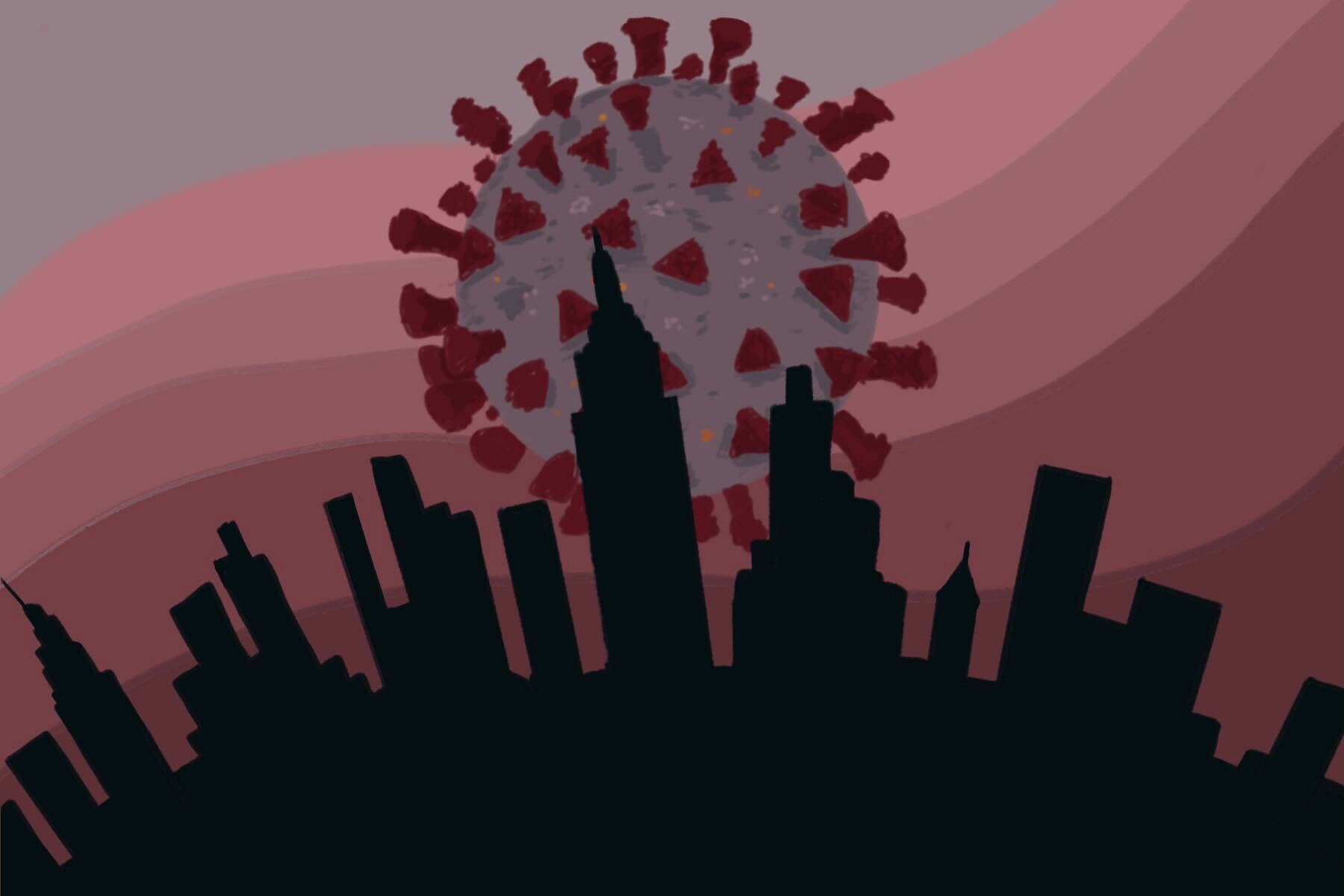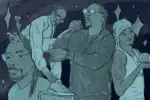Long Island to NYC: Subway Edition
The pandemic affected people all over the world; we remember it all too well. However, in much of the continental U.S. life has pretty much returned to normal. As a Long Islander who only lives 35 minutes away from New York City, I can assure you that the difference between those few miles is significant. Like many other Long Islanders, I commute to the city for work. The Long Island Railroad takes me straight into Penn Station; located in the heart of midtown Manhattan. From there, you can either take an Uber, ride the subway or walk to your destination.
During the first few weeks of the COVID-19 pandemic, the number of subway riders decreased by more than 90%. It was an absolute ghost town down there, and as a result, much of the city’s homeless population migrated from the streets to the shelter of the subway tunnels. Two years later, the number of subway riders is still only about half of what it was before the pandemic. The Bronx, Brooklyn and Queens experienced the fastest growth as commuters shifted away from Manhattan.
It’s impossible to predict how long it will take New York City to recapture its former magic. The pandemic left the residents of New York City emotionally and financially devastated; recovery could take years.
What About the Service Industry?
New York City is known for some of the best food and restaurants in the world. However, during the pandemic thousands of restaurants went under and were unable to reopen. According to PBS, the National Restaurant Association estimates that industry sales in 2020 were down $240 billion from an anticipated $899 billion. In the past year, many establishments implemented ghost kitchens, kitchens commercially optimized for food delivery, so they could survive the financial strains of the pandemic.
Too many family legacies, primary incomes and chef’s dreams disappeared in the blink of an eye. In desperate attempts to keep their restaurants alive, owners built shacks with tables and other seating arrangements outside and kept them warm with portable heaters. These temporary structures became the new way to “dine out.”
Hybrid, Remote or In-Person Job Descriptions
COVID-19 had an everlasting effect on the American work force, and New York City, along with other major metropoles, has yet to return to its pre-pandemic life. Many companies went hybrid or fully remote as they realized that work-from-home offices are demonstrably cheaper than commercial space in urban areas. The decreased number of commuters affects every business in the city: fewer people in large cities like New York results in lost business for its restaurants and stores. When the pandemic first began, rent increased dramatically, and though it has since dwindled down, many small business owners find it difficult to make ends meet.
Furthermore, persistent health concerns and pandemic-induced-trauma kept New Yorkers out of stores and restaurants. People in urban areas were hesitant to eat in public places due to the potential health risks. What’s more, the rising costs of rent, in tandem with a push toward remote work, sent many NYC natives packing. At the end of the day, people are less incentivized to pay city rent when they can work from anywhere in the country without repercussions from their employers.
Many Customer Favorites Are Closing
Another hallmark of post-pandemic city life is the widespread bankruptcy of local stores and businesses. Curbed highlights four staples of New York City that were forced to close during the pandemic. De Luca General store was a go-to spot for Staten Island locals for over forty years. The owner, John DeLuca, died of COVID-19 in 2020. The De Luca General store closed following his death, but the surrounding neighborhood will never forget the generous man who ran it for so many years.
Another store that will always be remembered in its neighborhood is Flying Tiger in Flatiron. Store patrons were deeply saddened by the loss of the store that was home to so many unique items and good deals. Across the city was Red Hook’s Fairway Market, which was the largest grocery store in the neighborhood. The store had been a staple in Red Hook since 2006, and the locals will forever miss the stability and familiarity of the store that felt like home.
These three businesses are a microcosmic representation of every large city in the entire country. So many beloved shops didn’t survive the pandemic, and it feels as though the neighborhoods of New York will never be the same without them.
What Is the Hype About New York City?
New York City has always been a place for many different types of people. A wide range of personalities come together in the Big Apple to form great ideas and innovations. The energy is unmatched. Can the lifestyle be hard at times? Yes, absolutely. However, I dream of the day it can return to what it was pre-pandemic. I want to see safer subways, affordable rent, and thriving businesses. It may take years, but I know we will get there someday.

















